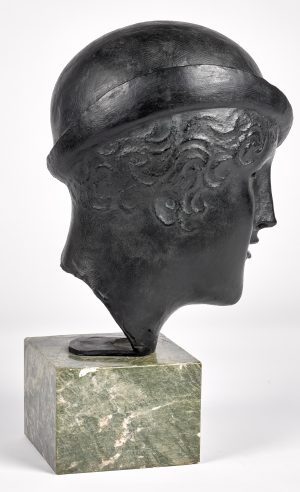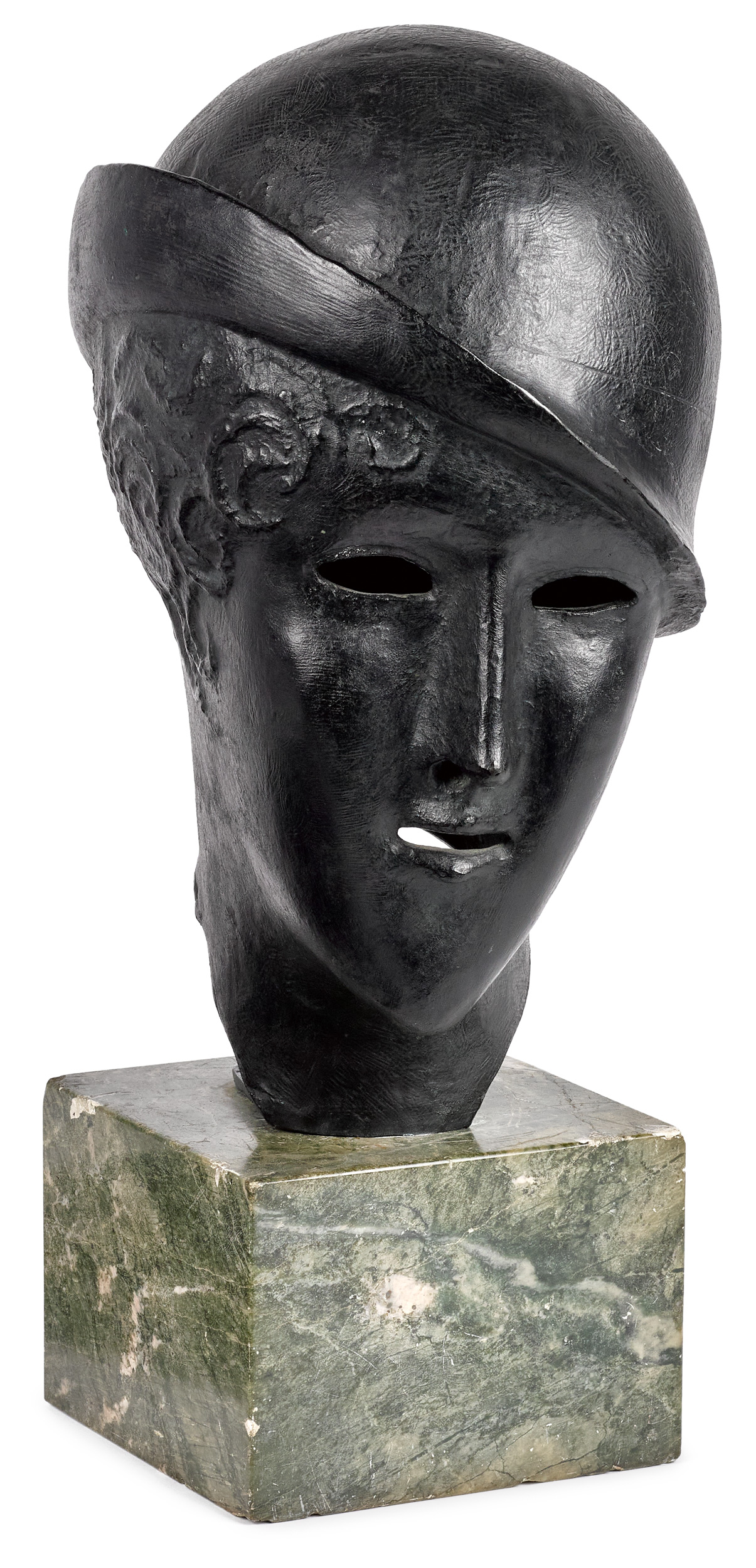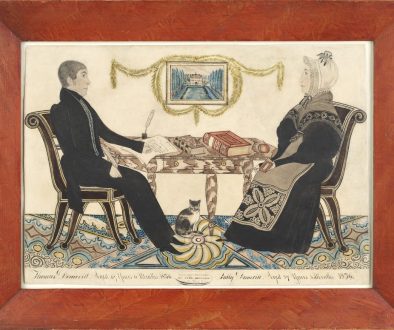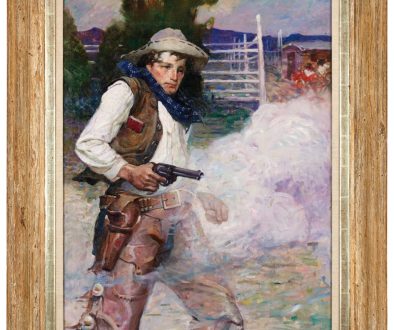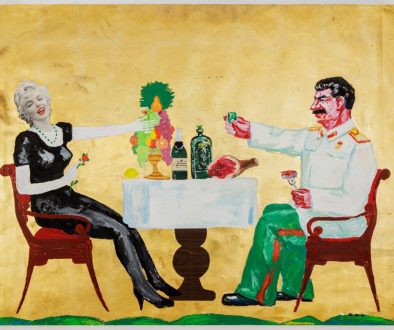The Significant Form of Elie Nadelman
Elie Nadelman (New York/France, Poland, 1882-1946) is known for abstract, elegant, stylized sculptures, and for his original, modern aesthetic.
Nadelman’s style evolved throughout his career as he sought new ways to achieve perfection. He explored influences from long ago and far away to create his modern style. Early on, he studied the sculptures of ancient Greece and created a series of heads, figures, and drawings experimenting with how far he could push classical principles to describe form. In the September 30th/ October 1st Americana and International sale at Pook & Pook, a bronze by Nadelman illustrates this modern-day manifestation of the ancient. In Head of a Man, c. 1906-1907, he has achieved a manner approaching geometrical abstraction, with eyes and mouth portrayed as slits, the long opposing curves of the face meeting at the point of the chin suggest volume and harmony. Nadelman’s deep knowledge of aesthetic history and pursuit of classical economy resulted in a style uniquely his own, symbolic and simplified. Head of a Man looks upon the modern world with ancient eyes, bemused; Mercury in a bowler hat.
Further experimentation in 1907 led Nadelman to create an even more abstract, curvilinear head that, along with his earlier drawings, influenced the development of Cubism. After viewing Nadelman’s head and drawings in 1907, Picasso created his own truly Cubist version in 1909.
Nadelman continued to pursue his own fluid, elegant, style of abstraction, defining it in a 1910 Camera Work article, as “significant form.”
But what is this true form of art? It is significant and abstract, composed of geometrical elements. Here is how I realize it. I employ no other line than the curve, which possesses freshness and force. I compose these curves so as to bring them into accord or into opposition to one another. In that way I obtain the life of form, harmony… The subject of any work for me is nothing but a pretext for creating significant forms, relations of forms which create a new life that has nothing to do with life in nature.
Forced to emigrate at the start of WWI, Nadelman became a vital force in the artistic and cultural life of America. His impact was wide-ranging. We feel it here, at Pook & Pook, even today. Elie Nadelman was one of the first serious collectors of American folk art, amassing the finest collection in the nation. Nadelman was among the first to recognize the merit of a humble Cumberland County, Pennsylvania woodcarver named Wilhelm Schimmel.
By: Cynthia Beech Lawrence
